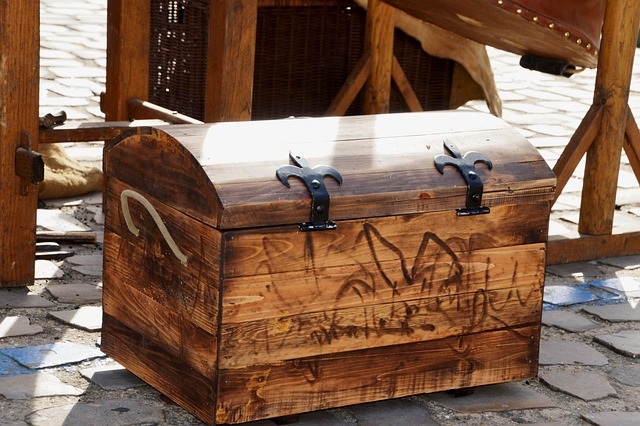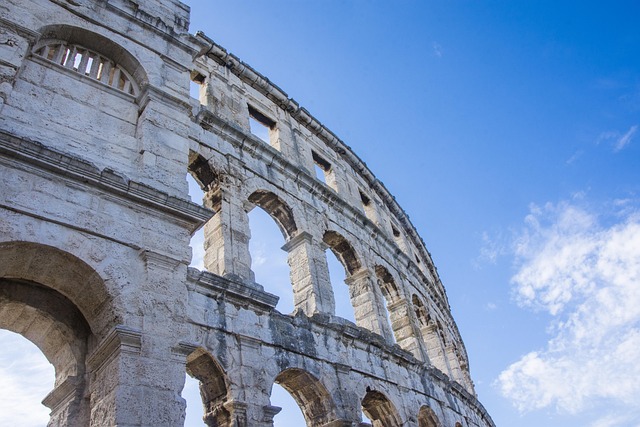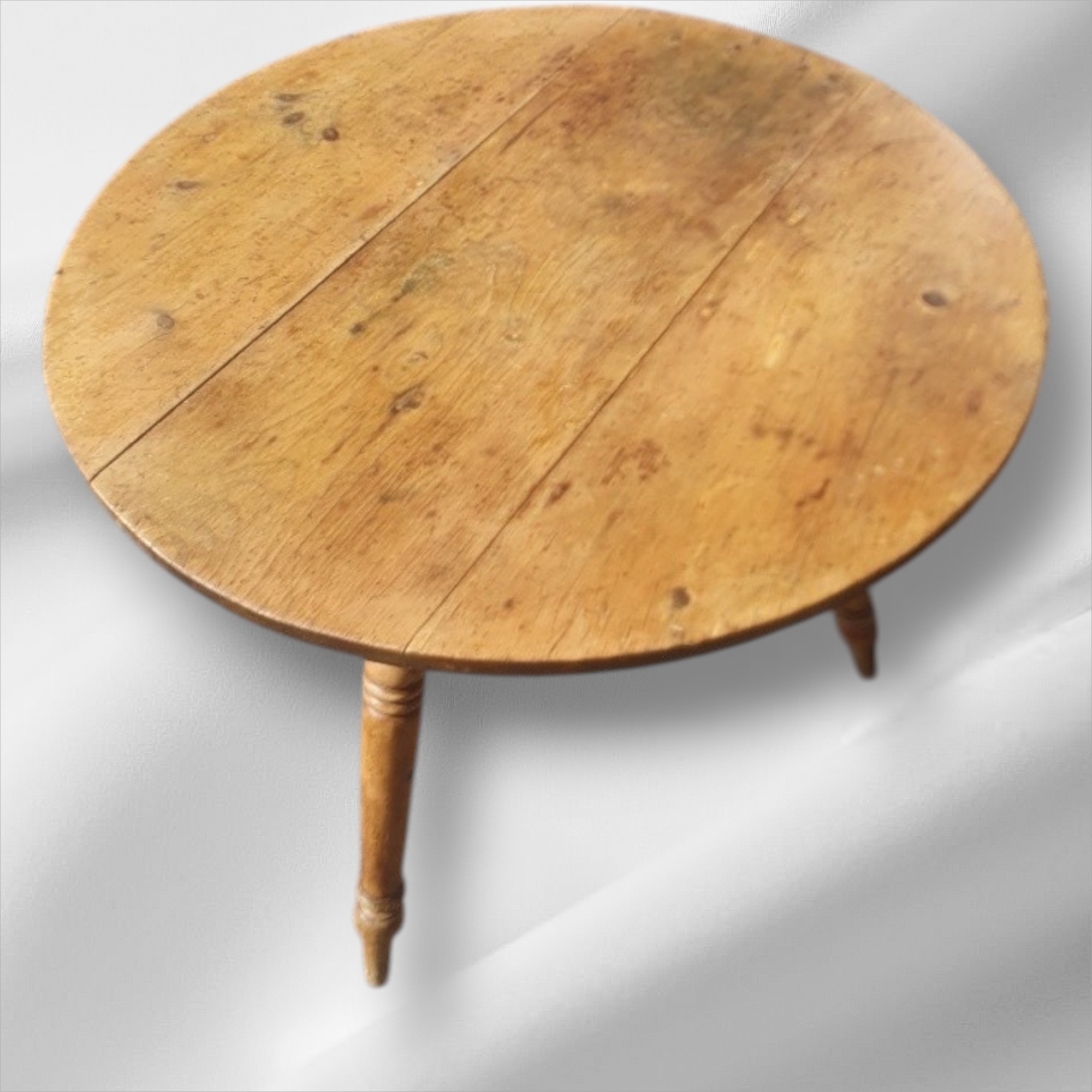The Medieval Period (c. 500–1400): Craftsmanship, Devotion, and the Architecture of Faith
The Medieval Period, spanning nearly a millennium from the fall of the Western Roman Empire to the dawn of the Renaissance, is often misunderstood as a time of darkness and decline. Yet for those who look closer, especially collectors and curators of historical design, it reveals a world of profound spiritual symbolism, artisanal devotion, and architectural ingenuity. From the soaring vaults of Gothic cathedrals to the humble ironwork of monastic homes, the Middle Ages offer a rich tapestry of craftsmanship and cultural resonance that continues to inspire.
Historical Context: From Collapse to Continuity:
The Medieval Period begins around 500 CE, following the fragmentation of Roman authority in Europe. What emerged was a patchwork of feudal kingdoms, monastic communities, and ecclesiastical power structures. Christianity became the dominant cultural force, shaping not only theology but also art, architecture, and daily life.
- Early Middle Ages (c. 500–1000): Characterized by decentralization, Viking incursions, and the rise of monasticism. Literacy and learning were preserved in monasteries, where illuminated manuscripts and devotional objects were painstakingly created.
- High Middle Ages (c. 1000–1300): A period of relative stability and growth. Gothic architecture flourished, universities were founded, and trade networks expanded across Europe.
- Late Middle Ages (c. 1300–1400): Marked by social upheaval, including the Black Death and the Hundred Years’ War, but also by artistic refinement and the seeds of Renaissance humanism.
Throughout these centuries, craftsmanship was deeply entwined with faith, function, and feudal identity.
Design Hallmarks: Symbolism, Solidity, and Sacred Geometry:
Medieval design is defined by its spiritual symbolism and structural pragmatism. Unlike the idealized forms of Classical Antiquity, medieval aesthetics embraced mystery, asymmetry, and allegory.
Architectural Features:
- Gothic Arches: Pointed arches and ribbed vaults allowed for taller, more luminous structures. Cathedrals like Chartres and Notre-Dame became visual sermons in stone.
- Romanesque Solidity: Earlier churches featured rounded arches, thick walls, and small windows, evoking a sense of fortress-like protection.
- Fortified Castles: Built for defense, these structures featured battlements, arrow slits, and drawbridges, but also housed richly carved interiors.
Interior Elements:
- Heavy Oak Furniture: Sturdy trestle tables, high-backed chairs, and carved chests were common in noble and monastic homes.
- Ironwork: Hinges, locks, and candle holders were forged with utilitarian beauty, often featuring scrolls or religious motifs.
- Textiles and Tapestries: Used for warmth and decoration, tapestries depicted biblical scenes, heraldic emblems, and moral allegories.
Decorative Motifs:
- Crosses and Saints: Religious iconography dominated, from crucifixes to carved saints on choir stalls.
- Heraldry: Shields, crests, and banners conveyed lineage and allegiance.
- Botanical and Zoomorphic Designs: Vines, dragons, and mythical beasts adorned manuscripts and stone carvings, symbolizing spiritual truths.
For collectors, these motifs offer a window into medieval cosmology—a world where every object was imbued with meaning.
Monastic Craftsmanship: Devotion in Detail:
Some of the most exquisite medieval artifacts emerged from monastic workshops. In an age when silence and contemplation were daily disciplines, monks created objects of astonishing intricacy and reverence.
- Illuminated Manuscripts: Hand-copied texts, often biblical or theological, were adorned with gold leaf, vibrant pigments, and marginalia. The Book of Kells and the Lindisfarne Gospels are prime examples.
- Reliquaries: Containers for sacred relics, often made of gilded metal and encrusted with gems, reflecting the belief in the physical presence of the divine.
- Liturgical Objects: Chalices, censers, and altar frontals were crafted with care, often featuring enamel work and iconography.
These pieces were not merely decorative; they were acts of devotion. For modern collectors, they offer a tangible connection to centuries of spiritual practice and artisanal excellence.
Domestic Life: Simplicity and Symbolism:
While the grandeur of cathedrals and castles often dominates the narrative, medieval domestic life was equally rich in material culture. Homes, whether peasant cottages or noble manors, were furnished with objects that balanced function and symbolism.
- Trestle Tables and Benches: Easily dismantled for storage or travel, these pieces reflected the transient nature of medieval life.
- Carved Chests: Used for storage and seating, often decorated with religious or heraldic motifs.
- Ceramics and Pewterware: Everyday vessels were simple but sturdy, with occasional decorative flourishes.
Lighting was minimal, candles and oil lamps providing flickering illumination. Walls were often adorned with woven hangings or painted panels, and floors covered with rushes or simple rugs.
Artistic Expression: From Icon to Allegory:
Medieval art was deeply symbolic, often serving didactic or devotional purposes. Realism was less important than conveying spiritual truths.
- Panel Paintings and Altarpieces: Depicted biblical scenes with flattened perspective and gold backgrounds, emphasizing the divine over the earthly.
- Stained Glass: Transformed light into narrative, with windows illustrating saints’ lives, parables, and moral lessons.
- Sculpture: Found in capitals, tympanums, and choir stalls, often featuring grotesques, angels, and biblical figures.
These works were communal in nature, created for public worship and reflection. Yet their craftsmanship and emotional resonance make them compelling additions to private collections today.
Collecting Medieval Antiques: Rarity and Reverence
True medieval artifacts are rare, often ecclesiastical, and highly sought after. Their age, provenance, and symbolic depth make them ideal for collectors drawn to spiritual or historical resonance.
Common Collectibles:
- Illuminated Manuscript Fragments: Pages or initials preserved from larger works.
- Ecclesiastical Metalwork: Chalices, crosses, and censers.
- Carved Furniture: Oak panels, choir stalls, and chests.
- Heraldic Items: Shields, crests, and tapestries.
Collector Tips:
- Provenance Matters: Documentation and origin are crucial, especially for ecclesiastical pieces.
- Condition vs. Character: Wear and patina often enhance the story; don’t shy away from imperfections.
- Display with Intention: Use subdued lighting, natural materials, and symmetrical arrangements to evoke medieval ambiance.
Medieval Revival: Echoes in Later Eras
The 19th-century Gothic Revival drew heavily from medieval architecture and ornamentation. Designers like Augustus Pugin and William Morris reimagined medieval motifs for Victorian interiors.
- Furniture: High-backed chairs, carved panels, and trestle tables returned to fashion.
- Textiles: Tapestries and embroideries featured medieval themes.
- Architecture: Churches, universities, and homes adopted pointed arches, stained glass, and vaulted ceilings.
This revival speaks to the enduring appeal of medieval design—its ability to evoke reverence, romance, and rootedness.
Why the Medieval Period Still Matters
In an age of rapid change and digital abstraction, the Medieval Period offers grounding. Its objects are tactile, symbolic, and steeped in story. Whether it’s a carved oak chest or a fragment of stained glass, each piece invites reflection not just on history, but on the human spirit.



